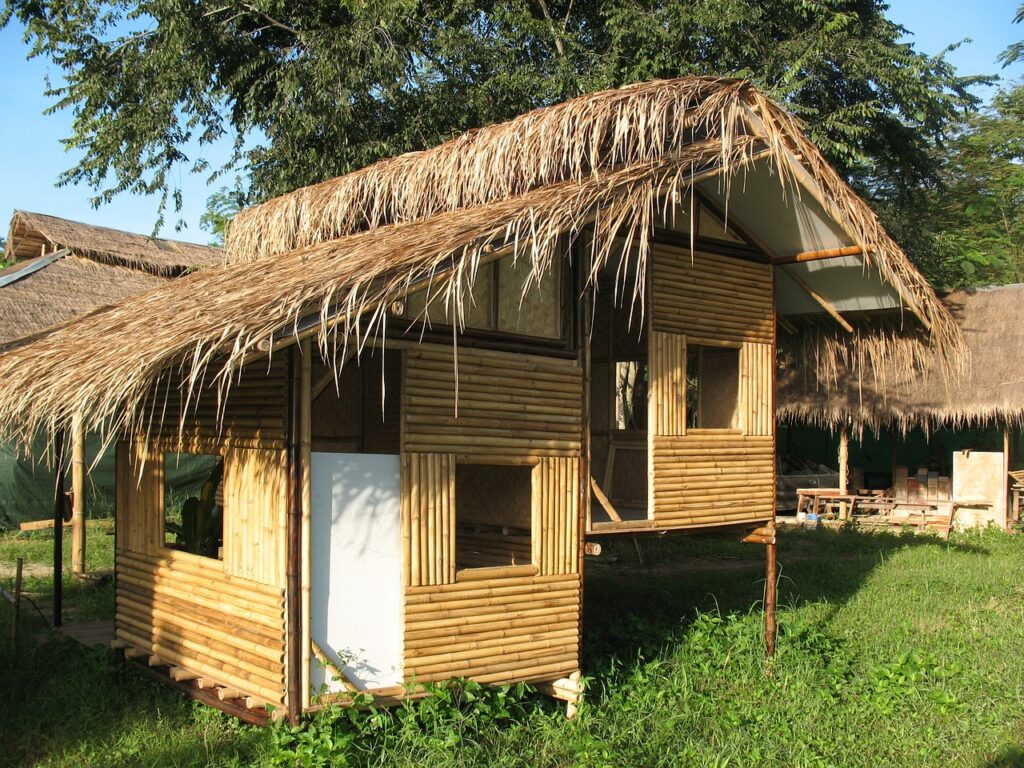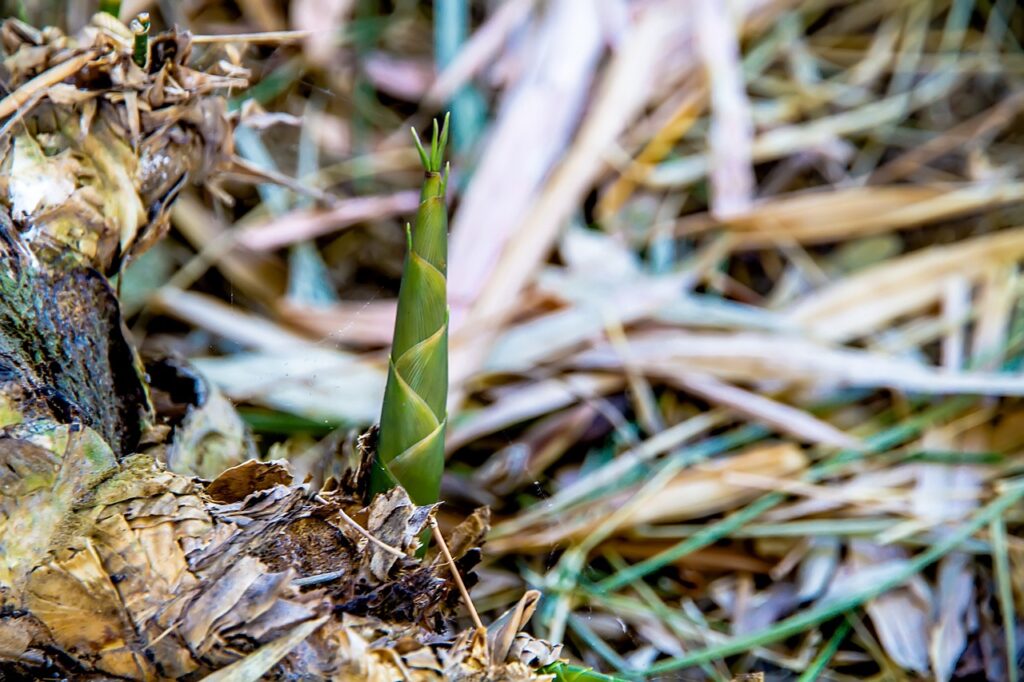


Unlike trees which require an average of 30 years to fully mature, bamboo only needs 3 to 5 years to reach maturity, making it abundant and a great alternative for wood and plastics. Usually with such a strong attribute comes weaknesses in other areas, but bamboo remains well rounded as shown below, it even produces 35% more oxygen than the equivalent stand of trees!.

It can be grown/propagated in various ways, the traditional way is to extract the bamboo as a whole with its roots, the stem is then taken and the stump is planted in soil, allowing the bamboo to grow once more. Independent bamboo branches as well as branches attached to the limb (the branch including a part of the stalk it’s coming out from, T-shape) can be planted in soil. A more interesting way to propagate is using a method called ‘Air Layering’, a branch is cut halfway to two thirds of the way from below near the stalk and then wrapped with moist soil, in just a week period the branch would have developed roots and can be transplanted, this is a good method to sell or gift bamboo stalks.

Bamboo ranks higher in strength than some of the densest wood whilst being lighter, it is also flexible which makes it less susceptible to cracking and breaking. The structure of bamboo has another advantage over wood, it does not have rays or knots, this makes the bamboo consistent in strength throughout the stalk. All these attributes are the reason behind its versatile usage, such as buildings, roads, bridges, furniture, various tools and utensils.

Bamboo sprouts/shoots are edible, the shoots are boiled for half an hour or more to remove the bitterness, they can be grilled before boiling to remove the itchy hair on the outer layer first. After boiling, the inner edible part can be incorporated in various dishes by scraping or chopping them or eaten as a side dish.
Website designed by Somaya Jamal Balqees
Website programmed by Alexander Saw